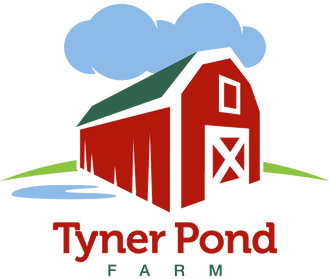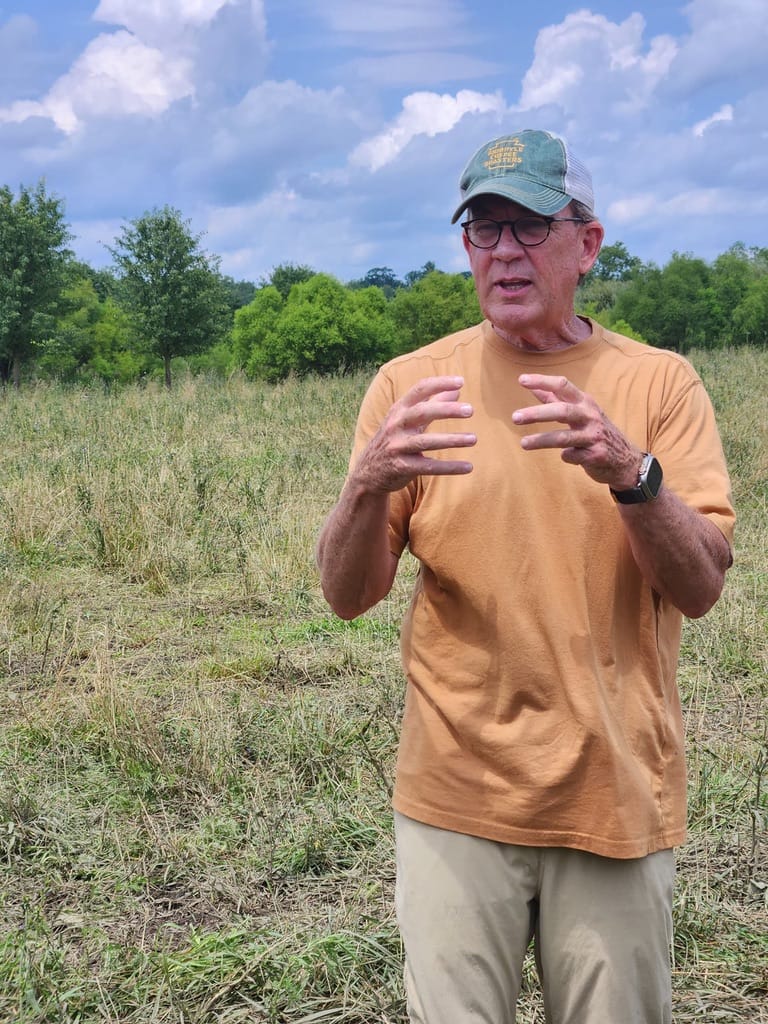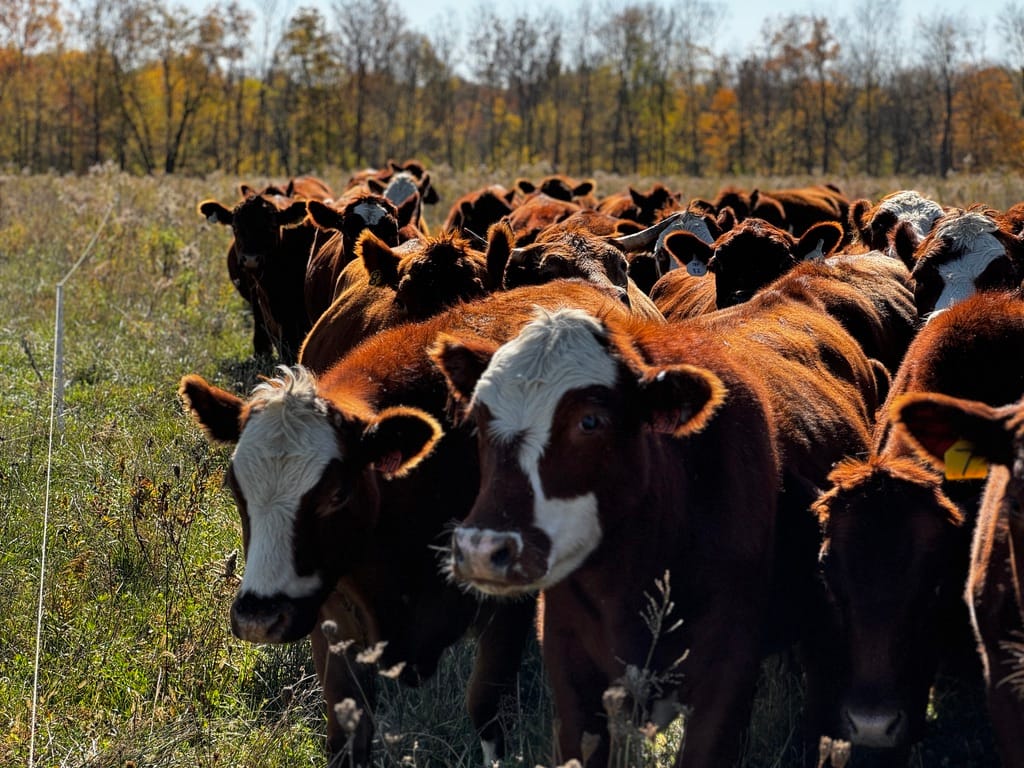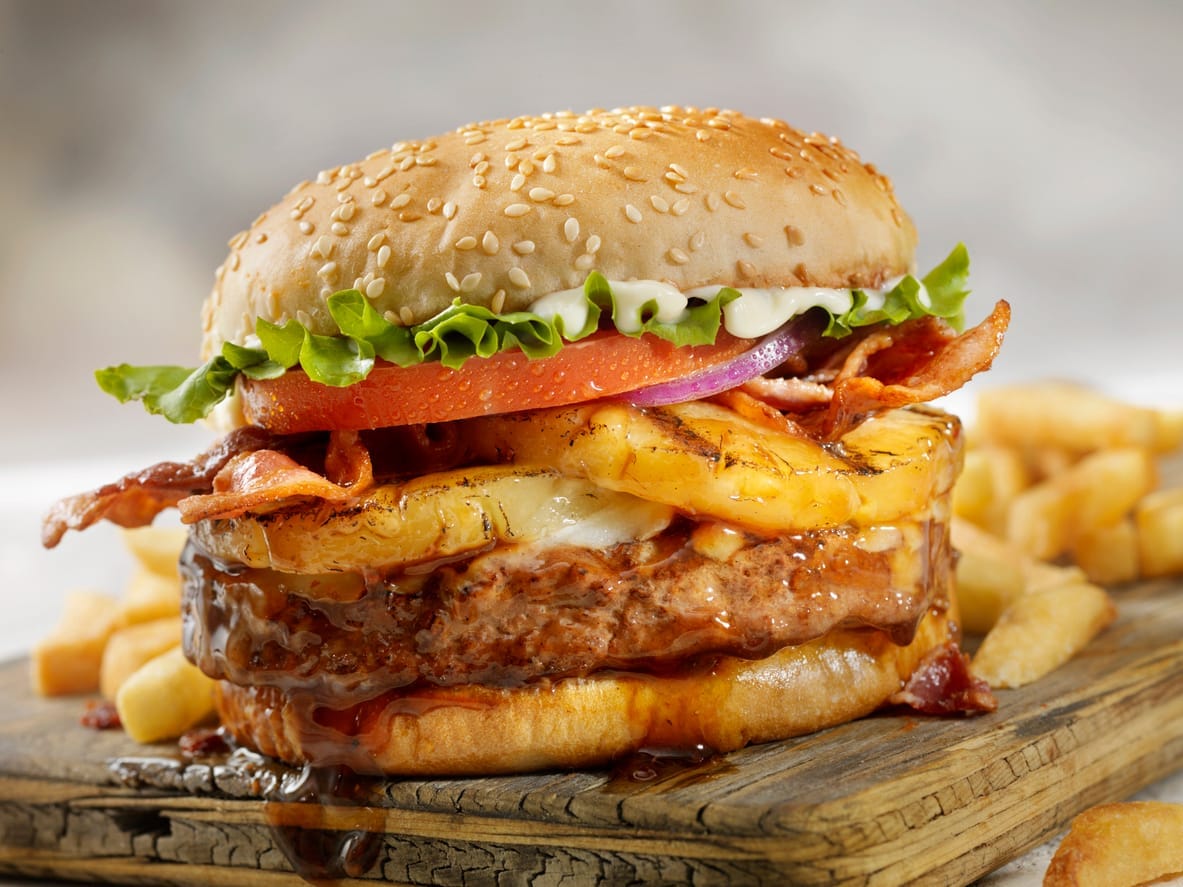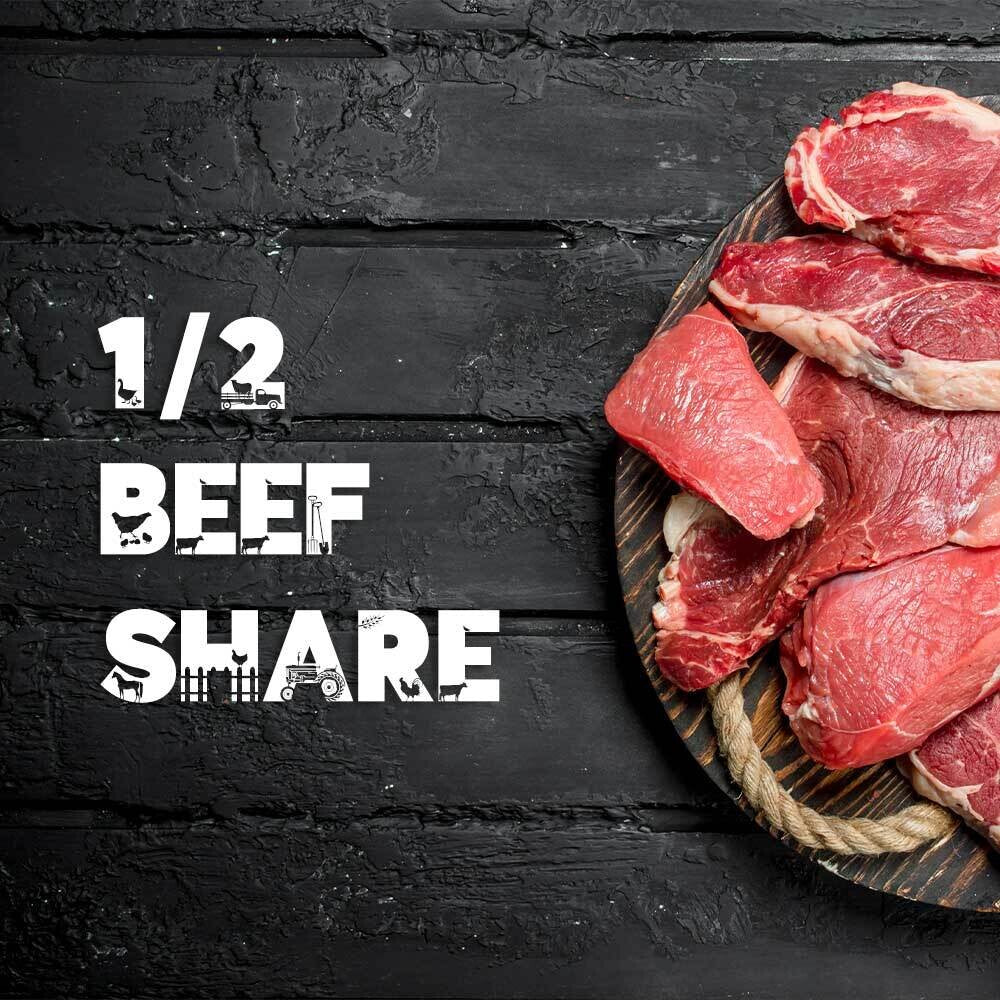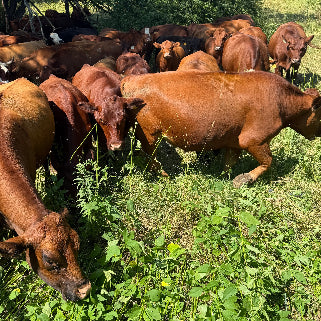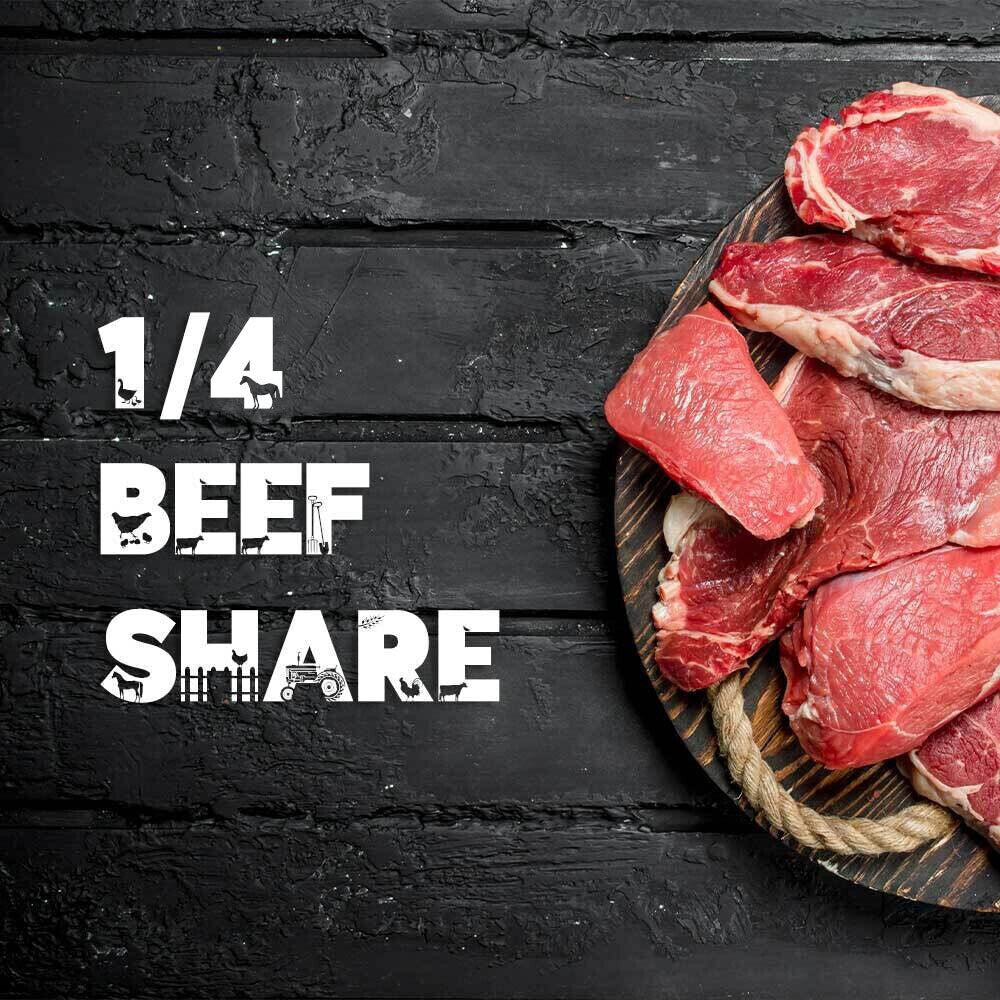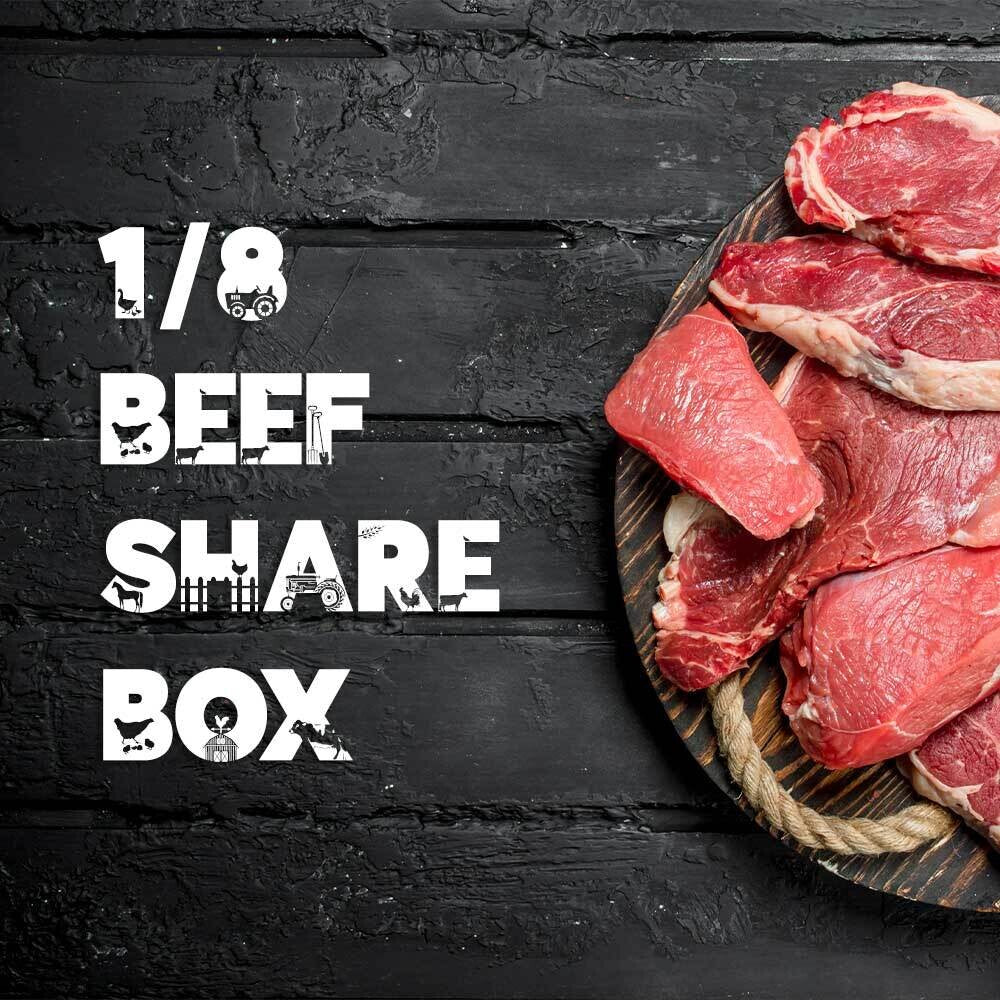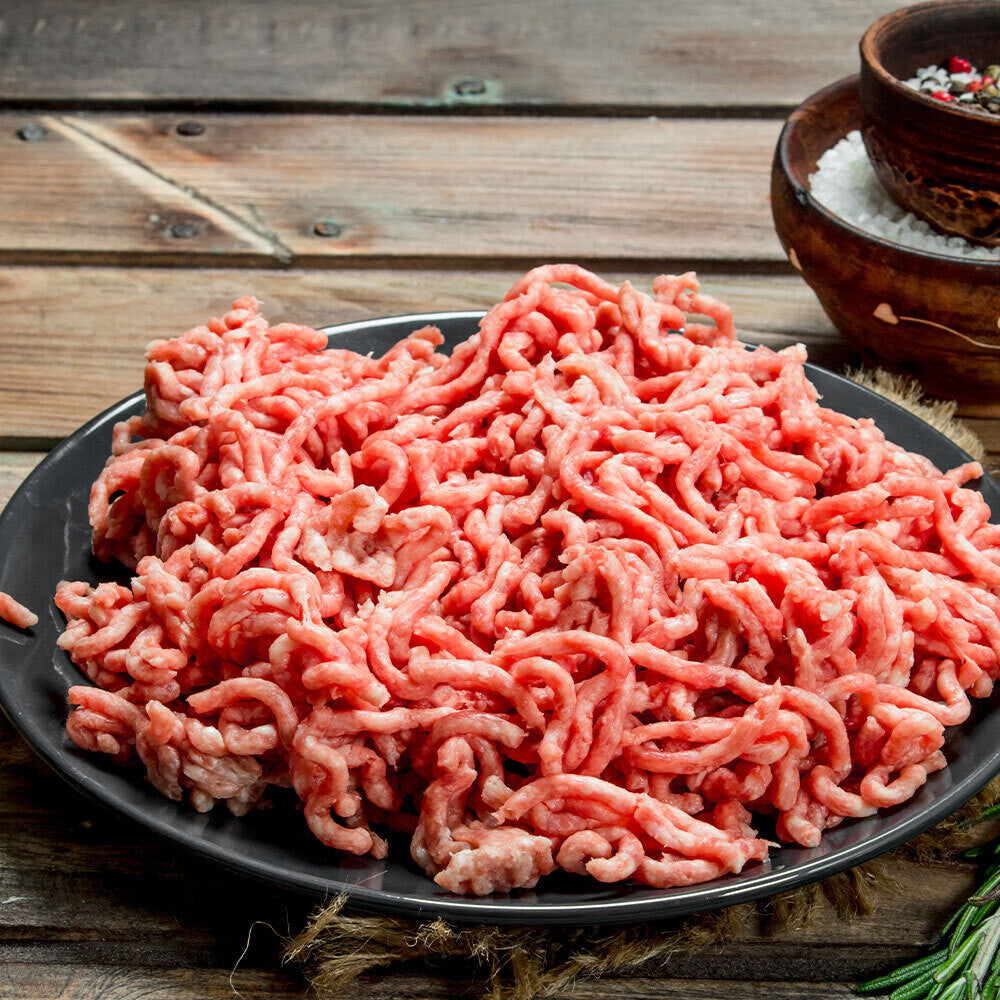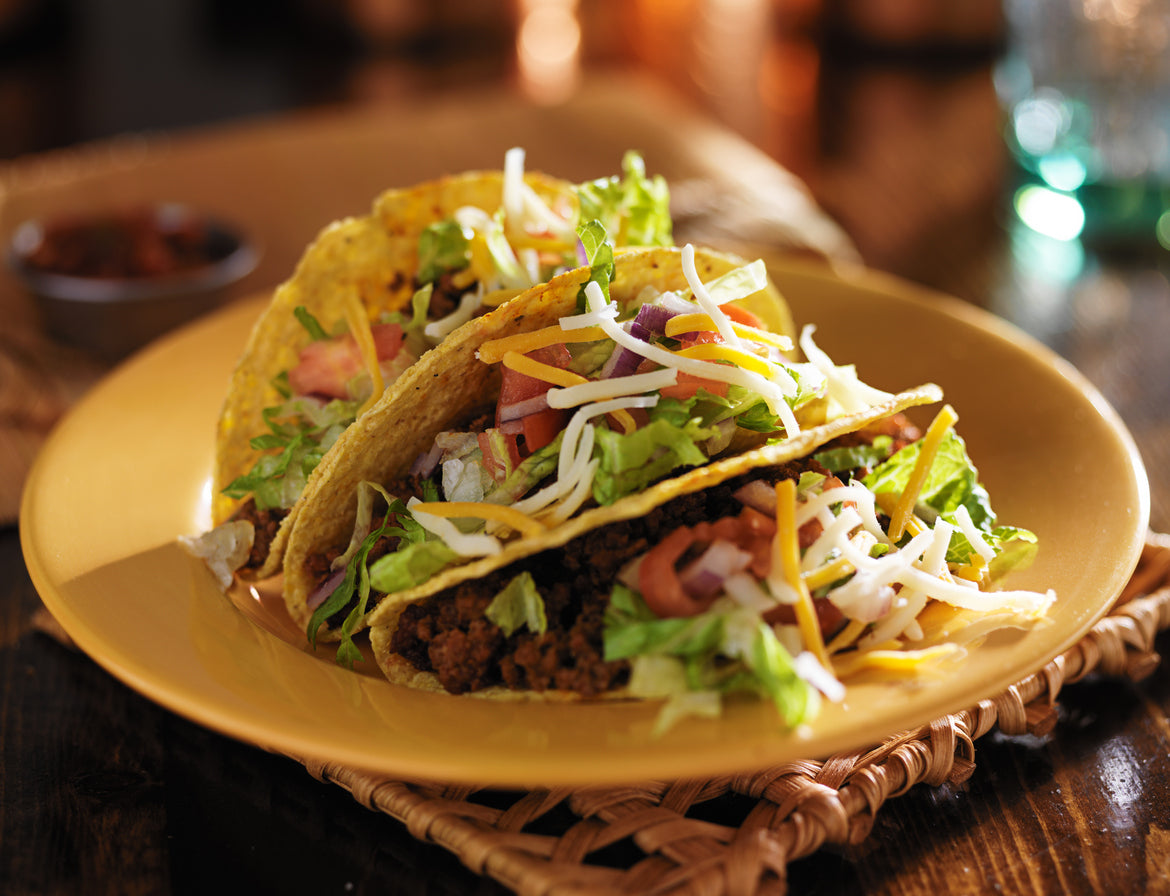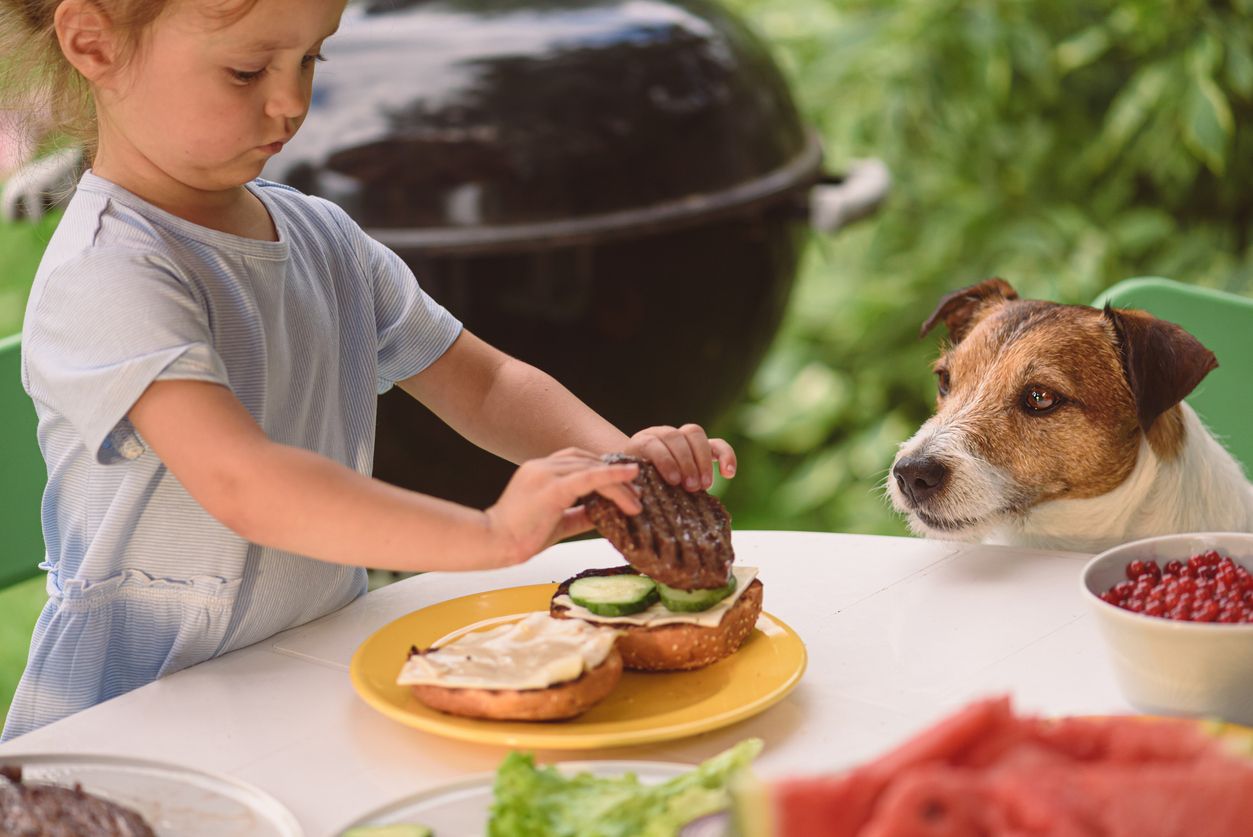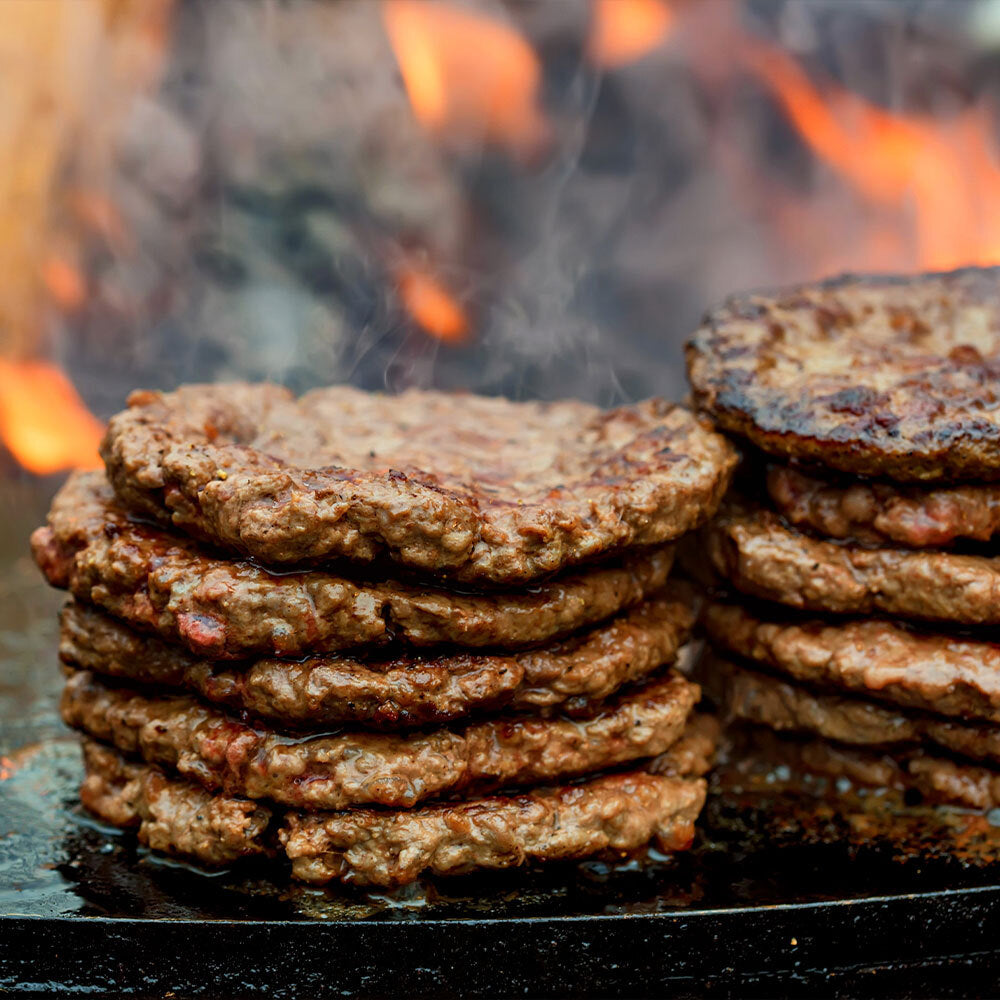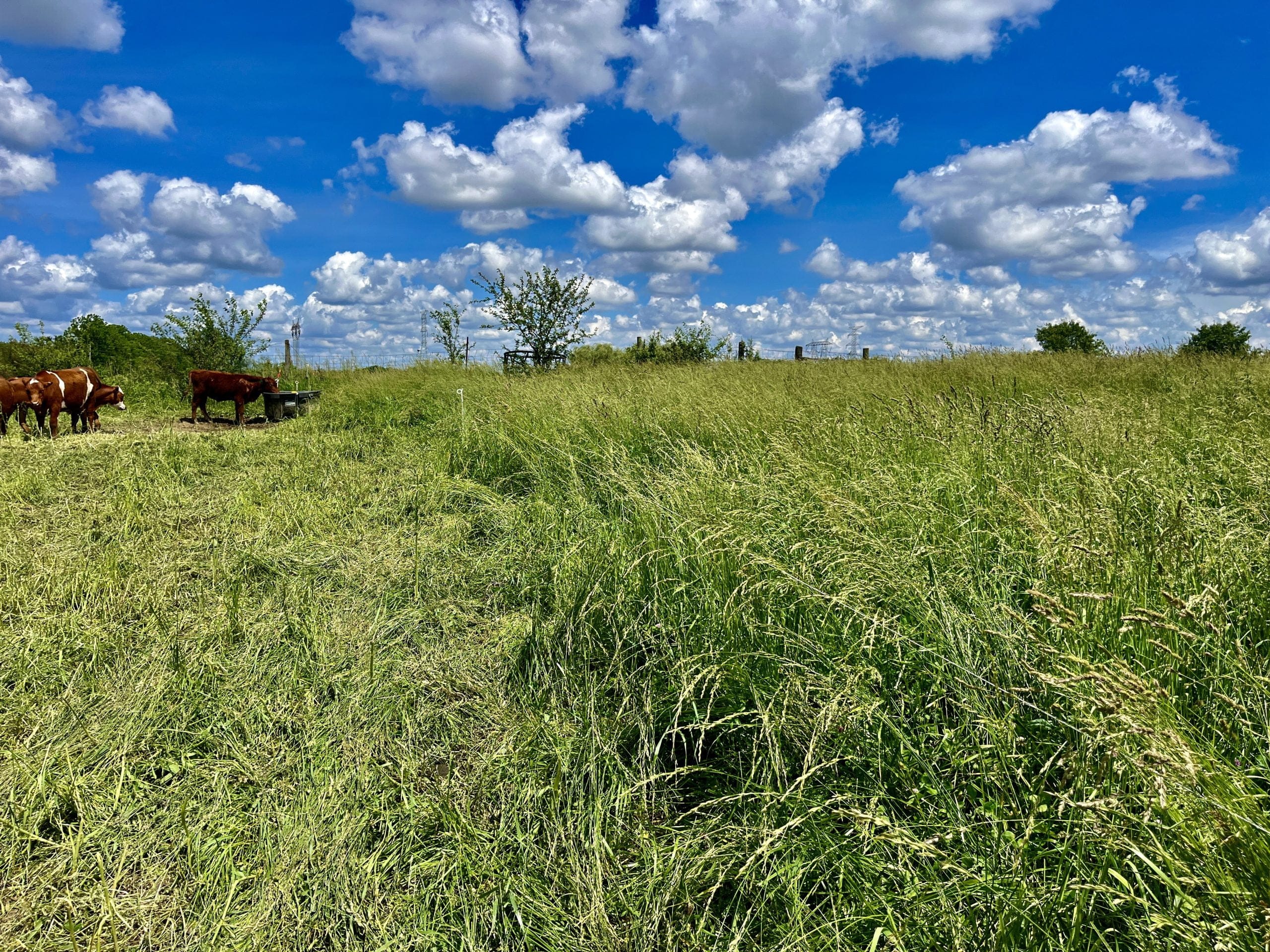
How Many Acres Do You Need to Rotate Cattle Daily? Exploring the Variables for Regenerative Grazing
A person recently asked us on Facebook, "How many acres do you need to rotate cattle daily?" This got us thinking about the many variables involved in this calculation. At Tyner Pond Farm, we've learned that the answer isn't just about acreage, it's about understanding your land, your cattle, and your goals for regenerative grazing.
How Many Acres Do You Need to Rotate Cattle Daily?
The question of acreage per animal for daily rotational grazing is a common one, but it's not a simple answer. While it's tempting to give a one-size-fits-all number (and we'll get to that shortly), the truth is, the ideal acreage depends on a multitude of factors:- Cattle Breed and Size: Not all cattle are created equal. Some breeds, like the Angus or Hereford, are larger and have higher nutritional needs than smaller, more efficient breeds like the South Poll. At Tyner Pond Farm, we've chosen South Poll cattle for their adaptability and efficiency. They are smaller-framed, known for their foraging ability and ability to thrive on grass alone. This means they can do well with less acreage per animal compared to larger breeds that have been bred to be huge feedlot type animals such as Black Angus.
- Forage Quality and Quantity: The lushness and productivity of your pastures play a significant role. Fertile soil, diverse plant species, and well-managed grazing can support more animals on less land.
- Climate and Growing Season: The length of the growing season, temerature and the amount of rainfall influence the availability of forage throughout the year. Regions like Indiana with longer growing seasons require less acreage per animal than those with shorter seasons for example the Western United States or Australia.
- Rotational Grazing Management: The intensity of your rotation and the number of paddocks you have affect how quickly forage recovers. More paddocks allow for longer rest periods and potentially higher stocking rates.
- Grazing Goals: Are you raising cattle for Grass Finished production, dairy, or breeding? Different goals may require varying levels of nutrition and acreage.
A Rule of Thumb... But Be Cautious:
In a general sense, We estimate around 1 acre per steer per year for rotational grazing. However, this is just a starting point. Factors like the ones mentioned above can drastically change this number. In our case, age of a pasture matters a lot. A field one year out of corn has a lot lower stocking density than a field we’ve been managing for 10 years.Tyner Pond Farm's Approach:
On our farm, we've found that we can comfortably Grass-Finish Beef from our South Poll steers on a bit less than an acre per year. This is due to our focus on careful pasture management, diverse forage species, and the efficient grazing habits of the South Poll breed.Finding Your Own Sweet Spot:
The key to determining the right acreage for your farm is observation and adaptation. Start with a conservative estimate and closely monitor your pastures and animals. Are your cattle thriving? Are your pastures recovering adequately? Adjust your stocking rate accordingly. Remember, regenerative grazing is about creating a healthy balance between the land and the animals.Our Commitment to Sustainable Grazing:
At Tyner Pond Farm, we believe in working with nature, not against it. That's why we prioritize regenerative grazing practices. By carefully managing our pastures and choosing cattle breeds that thrive on our land, we're able to minimize our environmental impact and produce high-quality, nutrient-dense meat. Have more questions about rotational grazing? Feel free to ask, and we'll share our experience and knowledge.
Tags:
Previous post
Letters From A Farmer In Indiana: Issue #1
Next post
